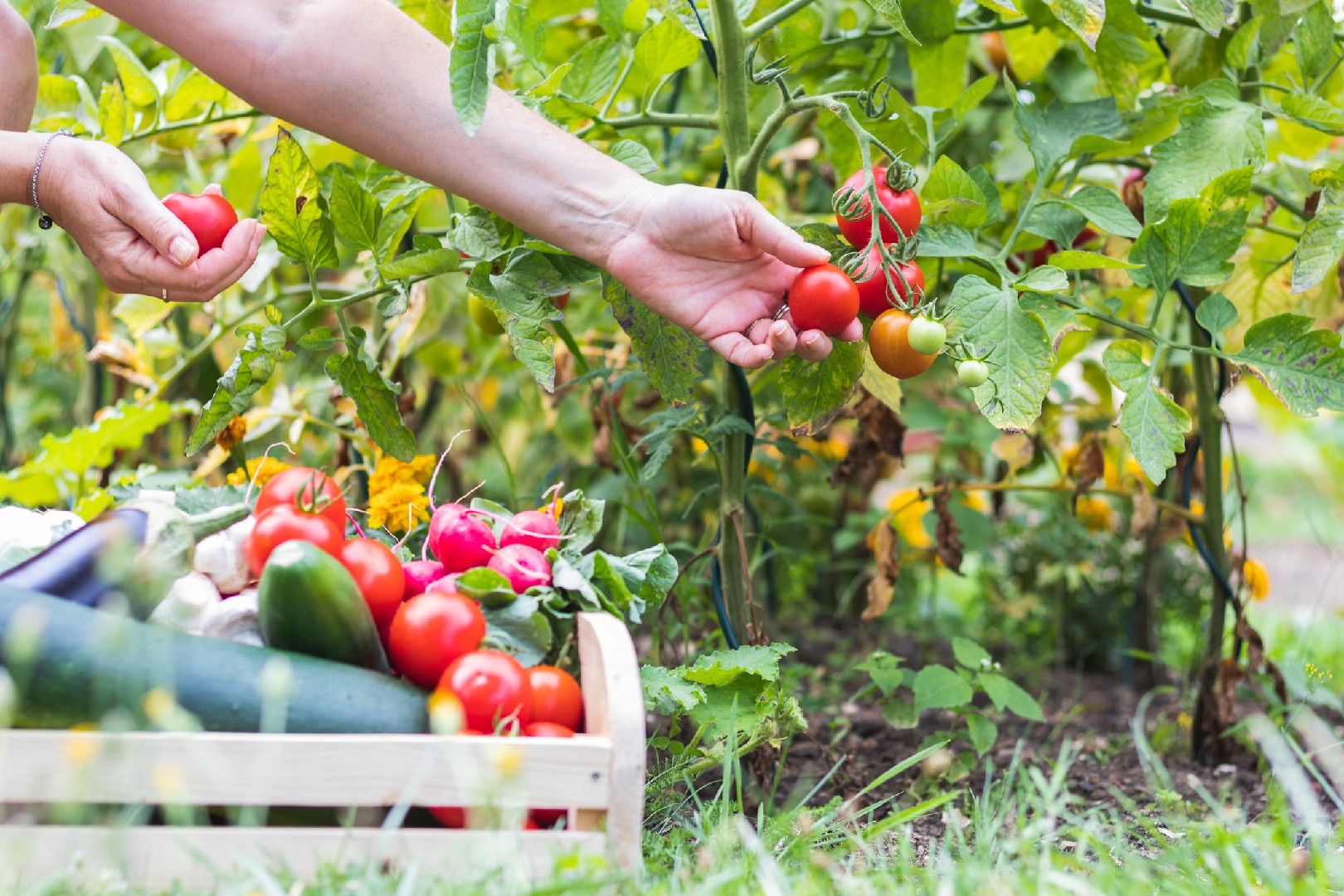![Rectangle]()
The Magic of Perennial Edibles
One of the true delights of having a garden is being able to enjoy the fruits of your labor year after year. While annual vegetables and herbs certainly have their place, there is something truly magical about perennial edibles. These plants have the remarkable ability to provide multiple harvests, allowing you to enjoy their bounty for many years to come.
One of the biggest advantages of perennial edibles is their ability to add a dynamic quality to your landscape. Unlike annuals that have a relatively short lifespan, perennial edibles gradually change their texture and appearance throughout the seasons. From the vibrant blooms of fruit trees in the spring to the lush foliage of berry bushes in the summer, these plants bring constant visual interest to your garden.
In addition to their aesthetic appeal, perennial edibles are also incredibly low maintenance. Once established, many of these plants require minimal effort to thrive, saving you valuable time and resources in the long run. Unlike annuals that need to be replanted every year, perennials can be left to their own devices, allowing you to focus on other aspects of your garden.
To make the most of your perennial edibles, it's important to choose the right plants for your specific climate and soil conditions. Some popular options include fruit trees such as apple, pear, and cherry, as well as berry bushes like strawberry, raspberry, and blueberry. These plants not only provide delicious fruits but also attract pollinators like bees and butterflies, benefiting your entire garden ecosystem.
When it comes to caring for your perennial edibles, regular pruning is essential to promote healthy growth and maintain the desired shape. Pruning can also help prevent diseases and increase the productivity of the plants. Additionally, providing adequate water and nutrients, especially during the growing season, will ensure optimal health and productivity.
Another tip for maximizing the yield of your perennial edibles is to practice companion planting. By strategically planting compatible plants together, you can create a more harmonious and productive garden. For example, pairing herbs like basil or chives with tomatoes can help repel pests and improve the flavor of the fruits. Similarly, planting marigolds or nasturtiums near your fruit trees can attract beneficial insects that prey on pests.
In conclusion, perennial edibles are truly a magical addition to any garden. Their ability to provide multiple harvests, add visual interest, and require minimal maintenance make them a practical and rewarding choice. By selecting the right plants for your climate, practicing proper care and maintenance, and employing companion planting techniques, you can enjoy a bountiful harvest year after year. So why settle for just annuals when you can have the long-term bounty of perennial edibles in your landscape?





